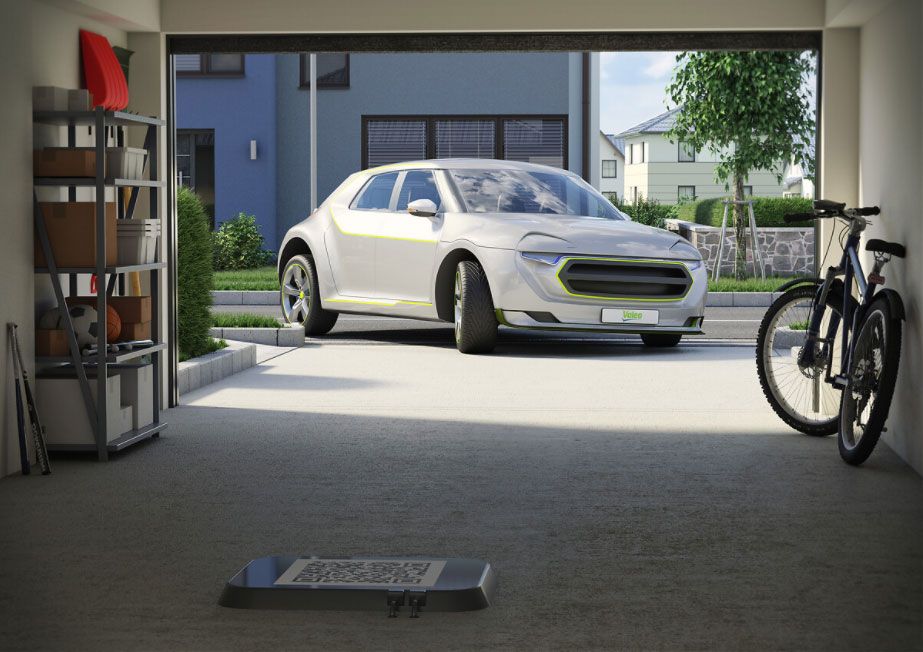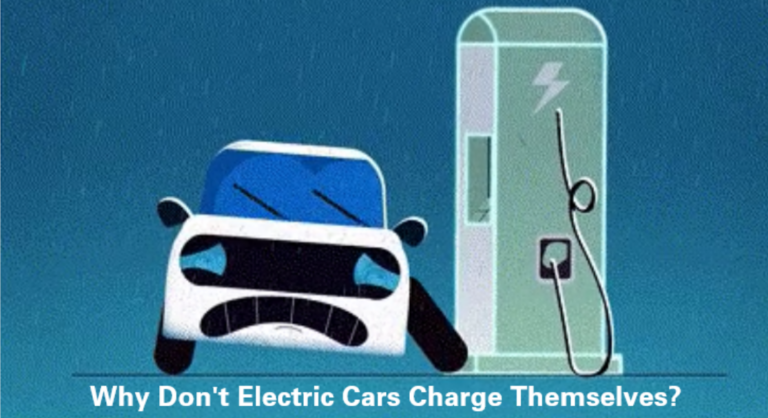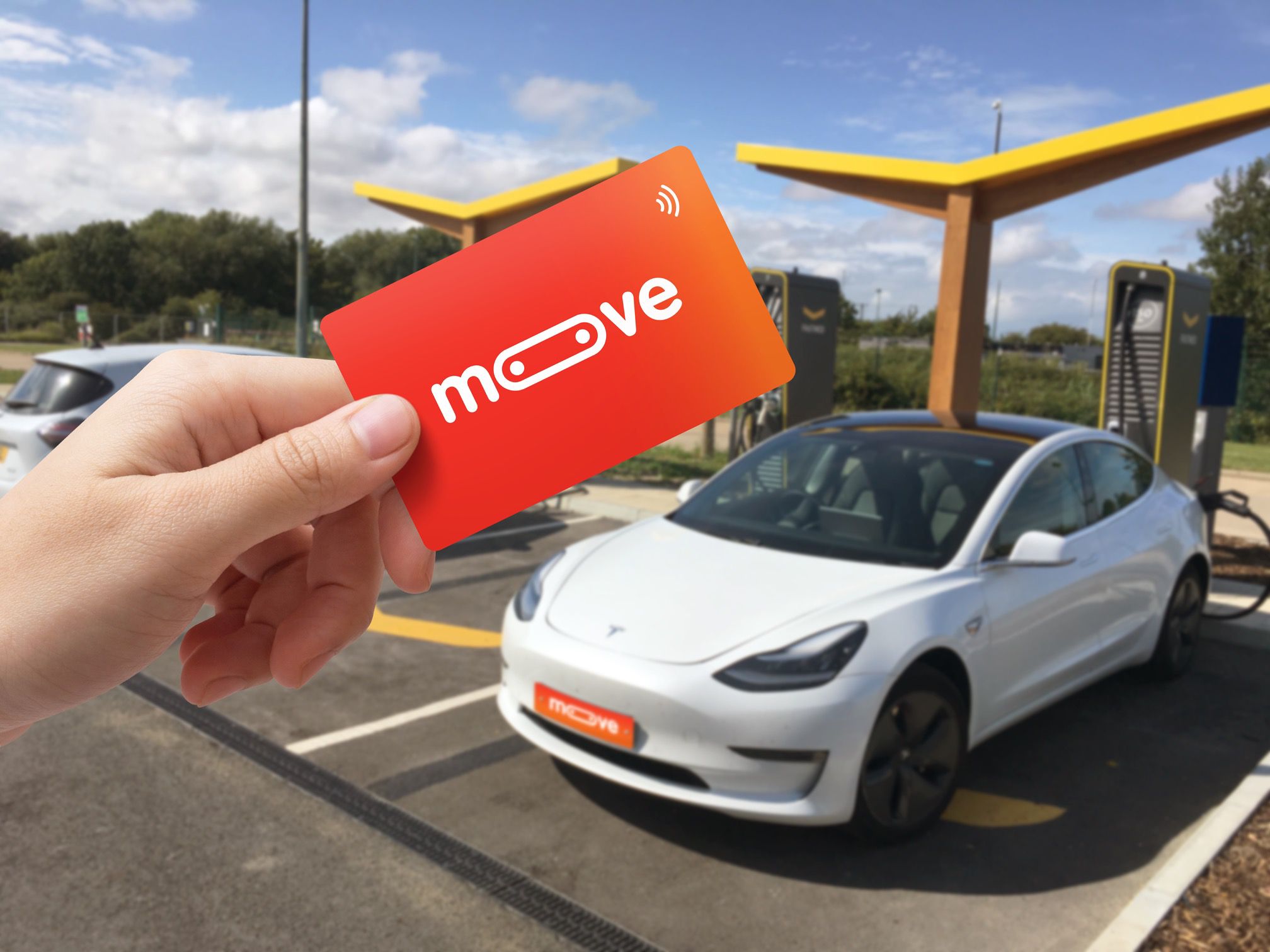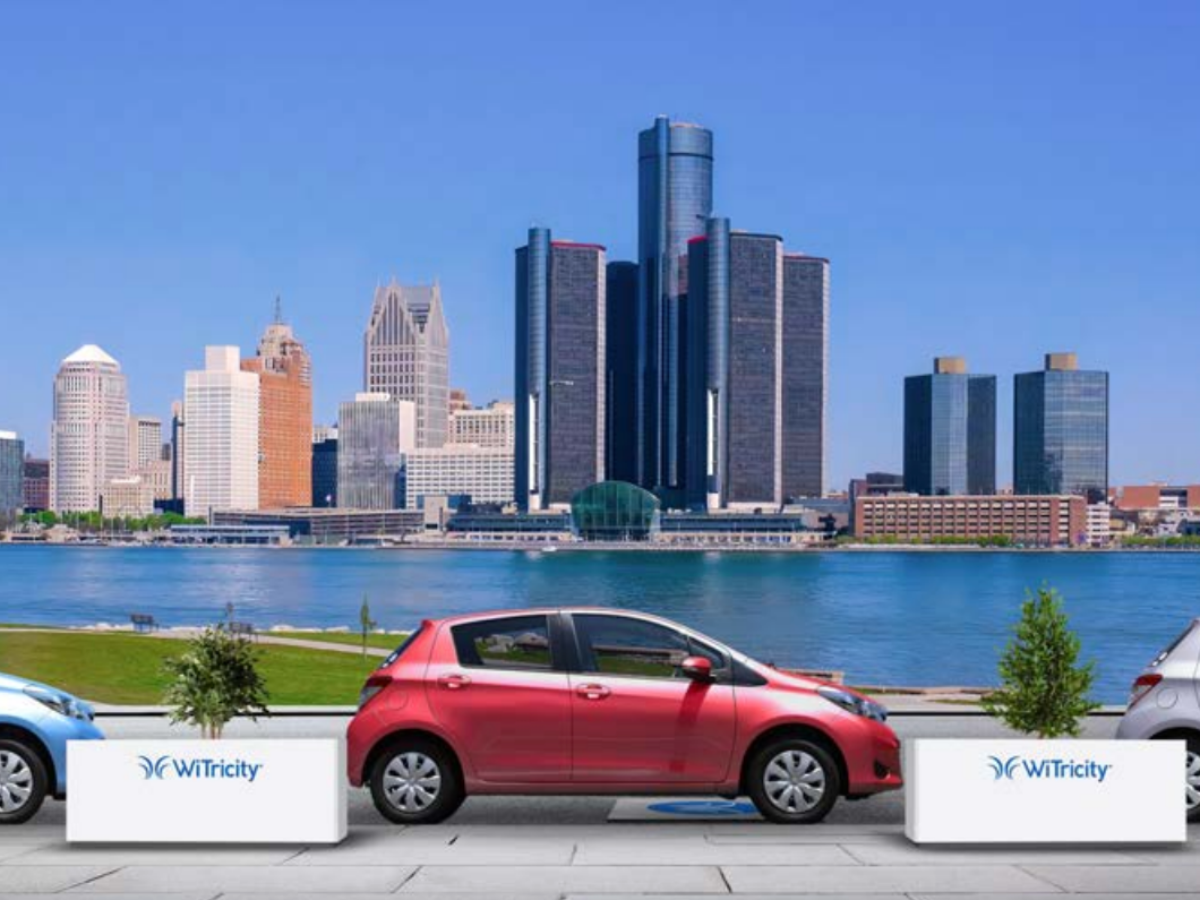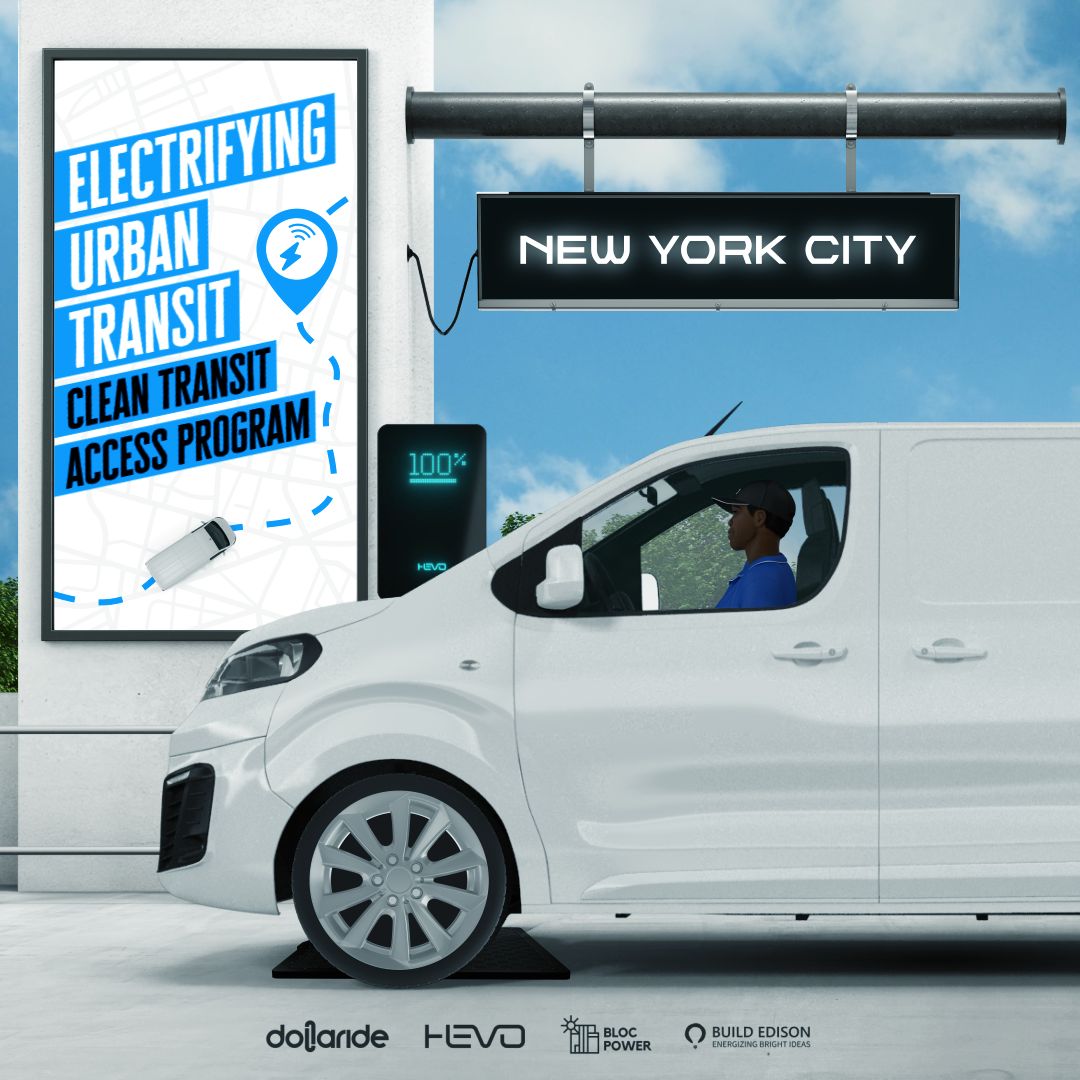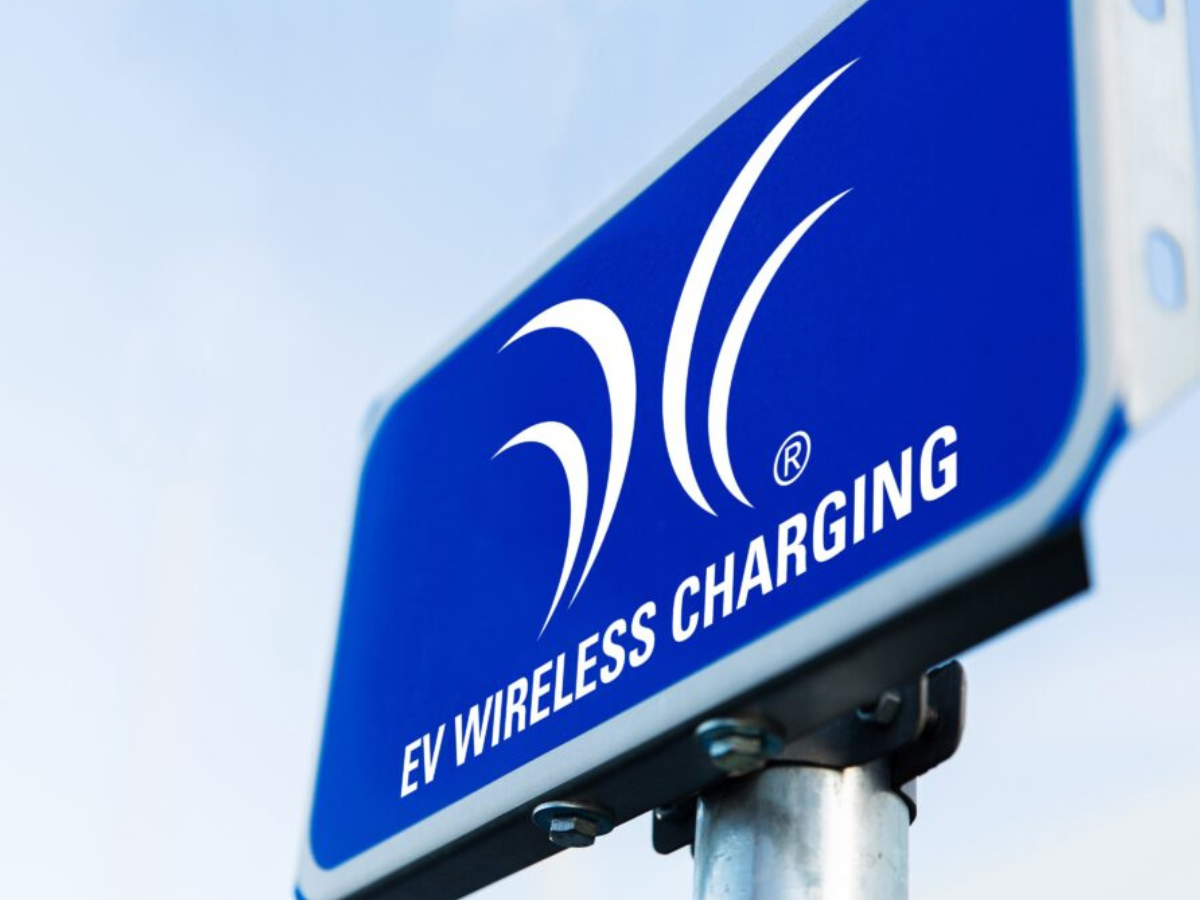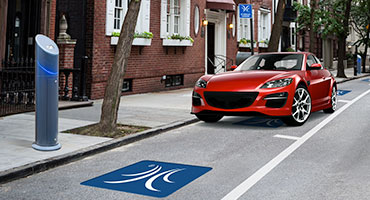One question that continually arises about wireless charging for electric vehicles is, “Does EV wireless charging interfere with AM radio?”
The answer is, “No.” WiTricity’s wireless power transfer system for EVs (WPT-EV) does not interfere in any appreciable way with AM radio. Global radio regulations do not allow any devices with electronics to cause harmful interference to radio services with allocated spectrum, and wireless charging systems are no exception. Even though the world is split into three different regions for frequency allocation and channel separation of AM radio, the experience is always the same.
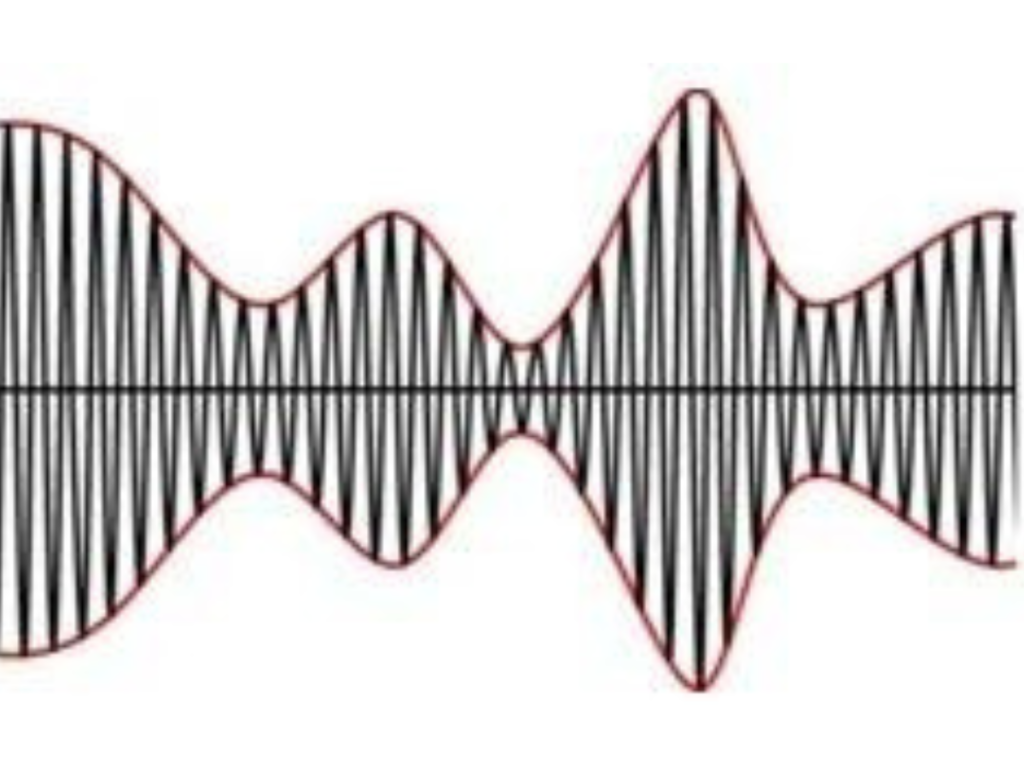
(Let me remind you that I’m an Amateur Extra “Ham” Operator. In the past, I wondered about the impact of wireless EV charging on my Ham broadcast. But I keep getting the question about AM and FM radio broadcasts. Like many people, I listen to the radio as I travel in my car – from store to store or across the state. (Utah is 270 miles east to west and 350 miles north to south. That’s more than 84,000 total square miles to explore!))
So why do some people claim that WPT-EV interferes with AM radio? Since the inception of AM radio in the early 1900s through to the 1920s (when AM radio became a dominant method of public broadcasting) through to the 1950s and 60s, electronics have improved dramatically. As a result of the increased number of electronics and technological innovations that we enjoy daily, the ambient radio noise conditions have also increased over the decades.
Since the 1950s, the invention and common use of the transistor as a means to provide electronic switching of all kinds has resulted in a technological revolution. Along with this technological revolution came drastic improvements in energy efficiency, computing power, and innovation; however, as a result, radio noise worldwide has also increased as would be expected. AM radio, in particular (as opposed to FM radio and digital variations), is particularly sensitive to electronic noise.
Broadcasters and amateur radio enthusiasts still utilize forms of AM radio for some communication, and it has become frustrating for them to protect the spectrum that they have enjoyed for the last century despite minimal improvements in the use of AM radio itself. These radio incumbents view all electronic devices as potential interferers, and they constantly push regulators to create more strict (and sometimes impossible) requirements for non-radio devices that are more prominent.
Wireless power transfer is a relatively new technology that is not well understood by radio incumbents. The term “wireless” can be particularly deceiving because “wireless” is traditionally associated with communication, and therefore they fear that wireless power will inadvertently harm AM broadcasts. However, this concern is not founded in any scientific manner and is based solely on theoretical projection; no broadcaster has provided any scientific data with actual systems to show that wireless power for electric vehicles causes any harmful interference whatsoever. In fact, wireless power for EVs uses completely different physics than AM radio, which keeps the wireless power transfer local only between the powering ground pad and the vehicle receiving pad.
But don’t just take my word for it. WiTricity has performed extensive testing and continues to perform testing with expert EMC laboratories, as well as standards and regulatory authorities, to help them understand the safe and efficient nature of wireless power transfer as well as the physics associated with it. In fact, WiTricity worked with the SAE (an organization that creates automotive standards) in a cooperative research project to perform extensive interference testing with licensed amateur radio experts (including our own) to test early prototype versions of WPT-EV in very worst-case conditions. These tests resulted in an extensive study that was reviewed by a large panel of experts and regulatory authorities in the United States of America.
The study was then contributed by the USA to the ITU-R (the organization the sets the global radio regulations) and included in annex 12 of Recommendation ITU-R SM.2451-1[1] as the only study that utilized actual WPT-EV systems to test the impact on AM amateur radio. This is just one of many tests, and WiTricity continues to perform testing with others such as in the European Union. All tests show that when WPT-EV systems meet the current regulatory requirements, they do not cause any harmful interference to AM radio – including public broadcasting radio and amateur radio.
If you’re interested in learning more, download the whitepaper that delves deeper into this topic and explains the technical nuances behind this discussion. While you’re doing that, I’ll continue listening to John Tesh on my favorite AM radio station as I make my way to my favorite ski slope!
[1] https://www.itu.int/dms_pub/itu-r/opb/rep/R-REP-SM.2451-1-2022-PDF-E.pdf
This article was originally published by WiTricity.


